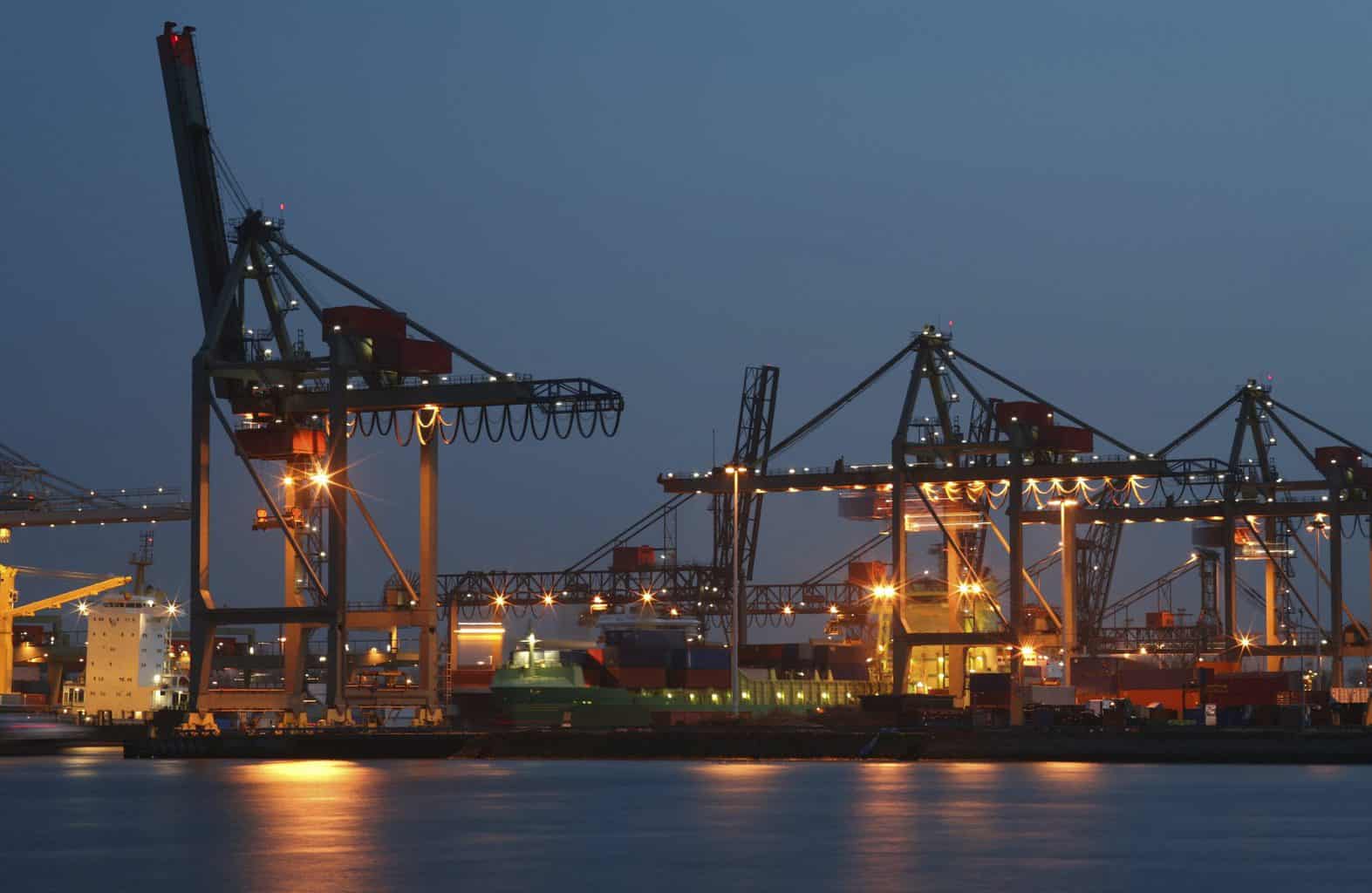The oil and gas extraction industry saw 1,189 deaths between 2003 and 2013.
During this decade, the fatality rate dropped by a third even as the industry doubled in size. Partnerships between the industry and government likely created safer work environments.
With the right safety precautions, even more of these workplace accidents can be prevented. Keep reading to learn safety tips for those working on offshore rigs.
1. Do Regular Inspections & Routine Maintenance
Regular inspections will prevent unwanted downtime for machinery repairs. Plus, workers will be safer.
Through regular inspections, spot minor issues can before they turn into expensive problems. Catching malfunctions early will save money on rig equipment and prevent lost revenue.
2. Use Crane Cameras on Offshore Rigs
Special crane cameras can increase rig safety. The crane operator can prevent accidents by watching live footage of the crane’s movement.
Plus, the cameras provide surveillance in case an accident leads to an investigation.
3. Dress for Safety
All heavy equipment work sites have safety rules about clothing. Offshore oil rigs are no different. Safety-toe footwear is required. It’s also important to confine long hair and avoid wearing loose clothing.
Personal protective equipment (PPE) is usually required on oil rigs. This includes items like hard hats, eye protection, gloves, and jumpsuits.
4. Use Fall Protection at Heights Above 10 Feet
Oil rigs are extremely tall and intricate structures. In fact, some oil rigs stand over 800 feet tall. These immense structures require regular maintenance, which puts workers at risk for dangerous falls.
Workers should use a railing or a net if they are more than 10 feet away from a rig surface. These precautions can prevent injuries or deaths from falling accidents.
5. Report Dangerous Conditions to Supervisors
If workers suspect a safety issue, they must report it to their supervisor. Unstable structures, chemical leaks, or improperly secured loads can be dangerous. Workers can even sustain life-threatening injuries.
If you notice these problems, fix them before the crew continues their work. Prevention is the best way to protect workers and the operation from disaster.
6. Crane Operators Must Be Trained and Qualified
Anyone operating a crane on an oil rig has to be certified. Certification requires training on operation, safety protocols, and correct load sizes.
Workers without this certification shouldn’t be allowed to operate crane machinery. It poses a serious safety risk to all people on the rig.
7. Always Obey No Smoking Signs
On a rig, there are many substances like petroleum and other chemicals that can lead to fires. The flick of a cigarette lighter can quickly lead to disaster.
That’s why it’s essential to obey no smoking signs. Smoking is allowed on most oil rigs, but only in designated areas. Remember that no-smoking signs are there for your own safety.
Improve the Safety of Your Offshore Oil Rig
Offshore rigs can be extremely dangerous without the right safety protocols. It’s also essential to do regular inspections and replace worn-out parts.
To get custom fabricated or engineered parts, contact us today. At Kor-Pak, we are experienced in the petroleum industry and can offer expert guidance.

